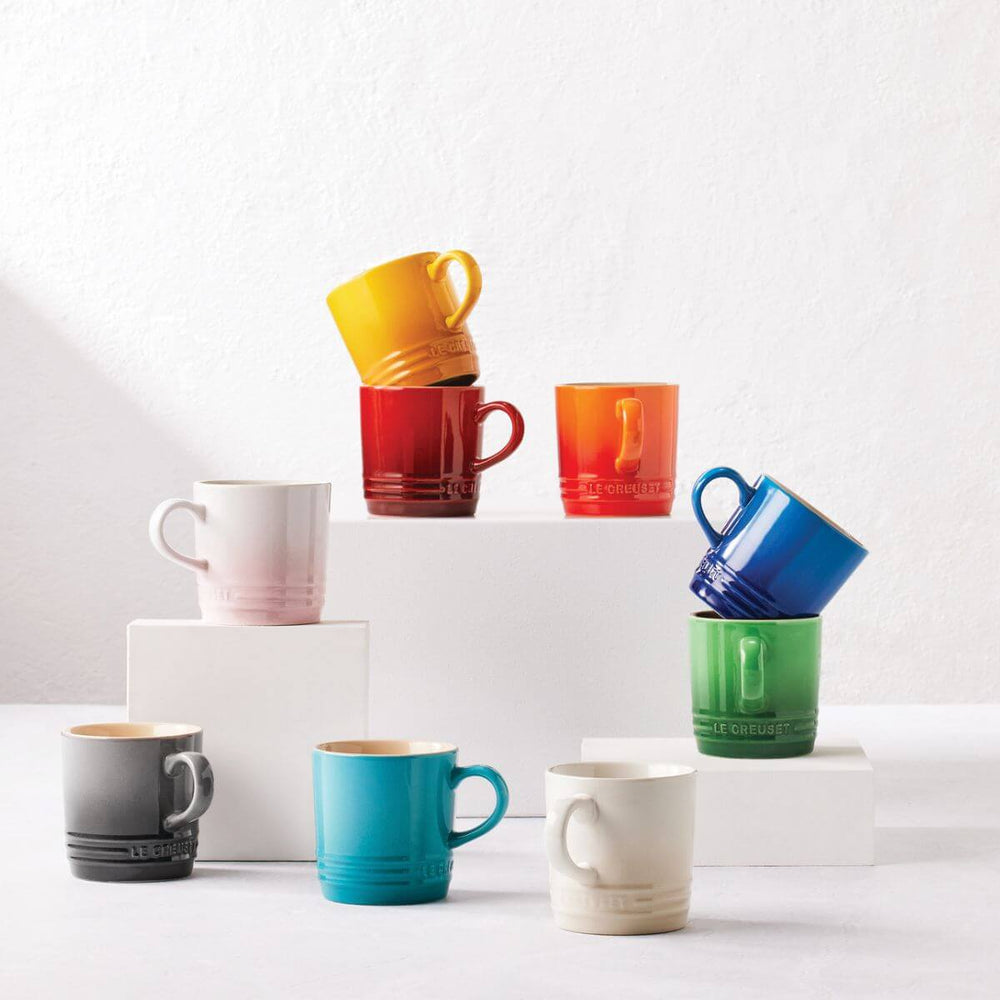Milly's 101: A Really Good Stock
We are obsessed with chicken stock - actually, any stock, but chicken is our favourite. And we're utterly convinced that making your own stock, even a super simple vegetable version, WILL make a difference to your food. And a good stock really isn't that hard - it's very hands-off, made from simply sourced ingredients, and it's easy to store for later.
The following tips are an accumulation of knowledge through years of stock making by many members of the Milly's team.
Make sure your ingredients are the best you can source - top quality stock will form the foundation of a great finished dish. If we're doing a meat stock, we like to include a little of that meat rather than just the bones which, we feel, gives the stock more texture and body. Just a few whole chicken wings can make such a difference to a good brew.

We like to stick to the classics when it comes to the vegetables. Carrot, celery, onion, leek, a few tomatoes or mushrooms, parsley, bay leaves, peppercorns, sometimes a little thyme but you can add just about anything you wish (although we'd recommend you stay away from strong tasting vegetables like broccoli, cauli, asparagus etc as they can overwhelm your finished dish).
Roasting your ingredients first will yield a darker, more complex flavour. Of course, sometimes you want a bright, clear stock (noodle soups spring to mind) and there's definitely a place for both in your repertoire.
Always start with cold water, never hot, or you'll have cloudy stock. Likewise, when you're straining the stock at the end, we prefer not to push down on the solids as more of this cloudiness will result.
Heat your stock slowly and never to a rolling boil, and skim often as the scum rises to the surface.
The longer you cook your stock, the more intense will be the flavour.
Always drain stock immediately it's finished cooking - usually we'll do it twice, the first time into a colander over a large pot to collect bones, vegetables etc, and a second through a fine mesh sieve to catch smaller pieces and sediment. Leaving bones and vegetables in the hot liquid whilst it's cooling will make your stock sour. Cool your stock as quickly as possible - we like to plunge our stockpot into a sink full of cold (iced is better) water. Stir it from time to time to redistribute the heat frequently).
Refrigerate stock overnight to allow fat to solidify and make it easy to remove.
Storage: always store stock in the fridge and use within 48 hours. For freezer storage, we like reduce our drained and defatted stock (another reason we suggest you don't add salt) by about 75%. Don't forget to pack into smaller amounts as you may want to add back some water for your intended recipe - we like to use our Progressive Portions Pods in 1 and 0.5 cup serves for easy storage. Don't forget to allow a little room for expansion when it freezes. Ice cube trays are also a good idea for small portions of stock to add to pan sauces, gravies etc.
Frozen stock keeps for ages - months at least, however fresher is always better and it's always a good idea to have items turning over in your freezer.


























